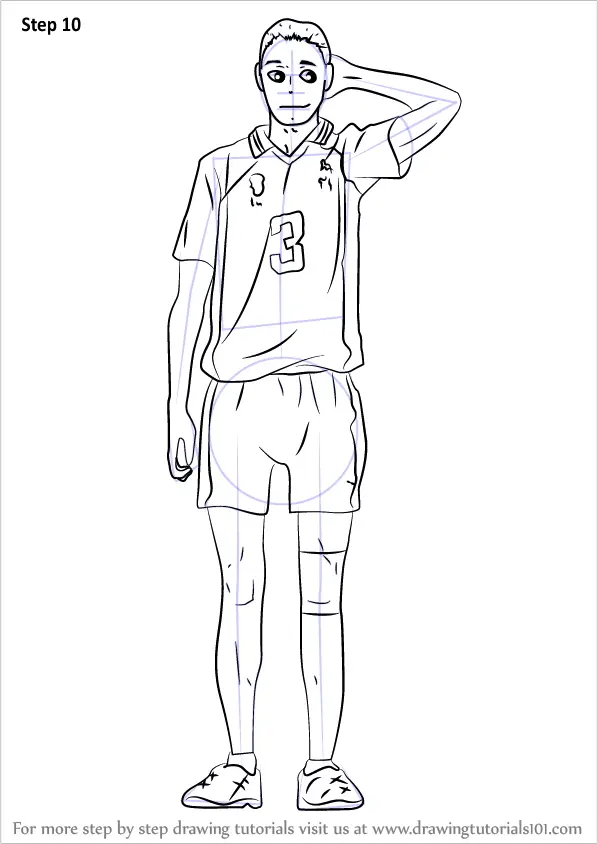
Each set of facing pages is called a spread in InDesign. Now since this document has facing pages, the pages are next to each other. When the document opens, press Command - on Mac or Control - on Windows a few times to zoom out enough, so you can see all the pages in the document. And leave the Facing Pages option selected. Change the Number of Pages to 8, so that there are more pages that you can look at. In the New Document dialog box that opens, after you choose a preset, like Print, you'll see this Facing Pages option over on the right. To create a new document, choose File, New, Document. Now, to understand the difference between a facing page document and a non-facing page document, you'll first create a new document. Examples of non-facing page documents include a double-sided flyer, a business card, letterhead, and a lot more. Now this document is a non-facing page document since it has single pages.

This Grey area around it where you can put content that won't print. Now by default, pages in an InDesign document are shown vertically. Then to zoom out, so you can see multiple pages in this document, press Command - on Mac or Control - on Windows a few times. So that you can see the entire first page of this document, choose View, Fit Page in Window. If you'd like to follow along, you can open this practice file from the downloadable practice files for this tutorial.
TUTORIAL FOR PAGES HOW TO
And you'll learn how to navigate pages in a document using the Pages panel and a few other methods.


To start working with multiple pages, you'll explore the difference between facing and non-facing page documents. With Adobe InDesign, you can create multi-page documents like brochures, newsletters, magazines, books, and a whole lot more.


 0 kommentar(er)
0 kommentar(er)
